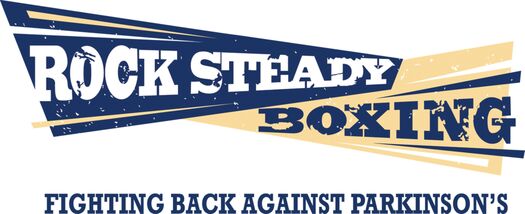
Gaining muscle isn't just about lifting weights; it's a holistic process that involves strategic workouts, equipment choices, and nutrition. Let's delve deeper into each aspect to understand the nuances of effective muscle building.
Tailoring Workouts for Muscle Growth:
Training Intensity: Progressive overload is crucial. It involves gradually increasing the stress placed on muscles during workouts, either by adding weight, reps, or altering exercises. This constant challenge stimulates muscle adaptation and growth.
Training Frequency and Volume: While hitting each muscle group at least twice a week is ideal for growth, the volume (sets and reps) depends on specific goals. For hypertrophy, 3-4 sets of 8-12 reps per exercise effectively induce muscle growth.
Workout Variation: Incorporating different training methods like drop sets, supersets, and pyramids can enhance muscle stimulation. These techniques introduce variety and intensify workouts, promoting muscle hypertrophy.
Maximizing Equipment Effectiveness:
Free Weights vs. Machines: Both free weights and machines offer unique benefits. Free weights engage stabilizing muscles and promote functional strength, while machines provide controlled movements and targeted muscle isolation. Utilizing a mix of both can optimize muscle growth.
Inclusion of Resistance Bands: Incorporating resistance bands adds a dynamic element to workouts. These bands offer variable resistance, providing peak muscle contraction and enhancing tension throughout exercises.
Functional Use of Bodyweight Exercises: Bodyweight exercises, such as calisthenics or plyometrics, challenge muscles effectively. These exercises enhance overall strength, endurance, and coordination without the need for specialized equipment.
Optimizing Nutrition for Muscle Development:
Protein Quality and Quantity: Apart from meeting daily protein intake goals, the quality of protein sources matters. Opt for lean meats, fish, dairy, legumes, and plant-based proteins to ensure diverse amino acid profiles that aid in muscle repair and growth.
Macronutrient Balance: Carbohydrates fuel workouts, while fats contribute to overall health. Balancing macros supports sustained energy levels, facilitates recovery, and aids in muscle building.
Caloric Management: Aligning caloric intake with goals—whether a slight surplus for muscle gain or a deficit for fat loss—plays a pivotal role. Balancing energy intake and expenditure is crucial for desired body composition changes.
Advanced Techniques for Enhanced Stimulation:
Periodization Strategies: Structuring workouts into phases—like hypertrophy, strength, and endurance—ensures varied stimuli, preventing plateaus and promoting continued progress.
Incorporation of Functional Training: Integrate functional movements that mimic real-life activities to improve overall muscular strength, endurance, and coordination.
Strategic Rest and Recovery: Implementing active recovery techniques, such as foam rolling or mobility exercises, alongside adequate rest days, optimizes muscle repair and reduces the risk of overtraining.
By fine-tuning workout strategies, making informed equipment choices, and ensuring proper nutrition, individuals can effectively stimulate muscle growth. Adapting routines based on individual responses to training stimuli contributes to sustainable and impactful muscle development.







Leave Comment Below